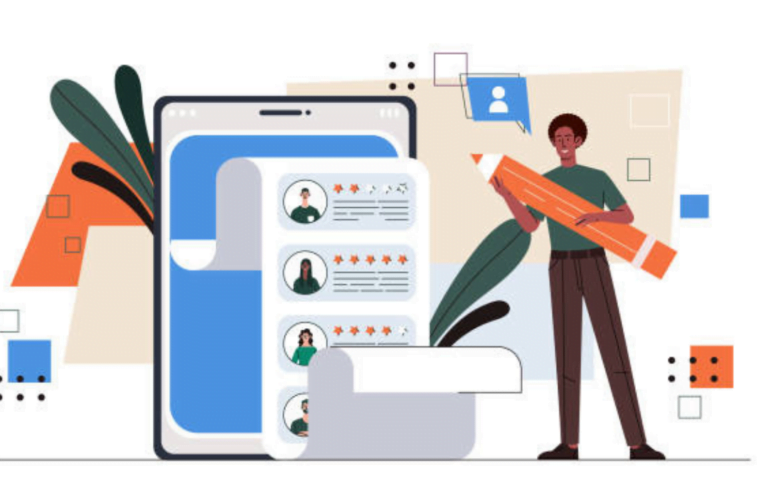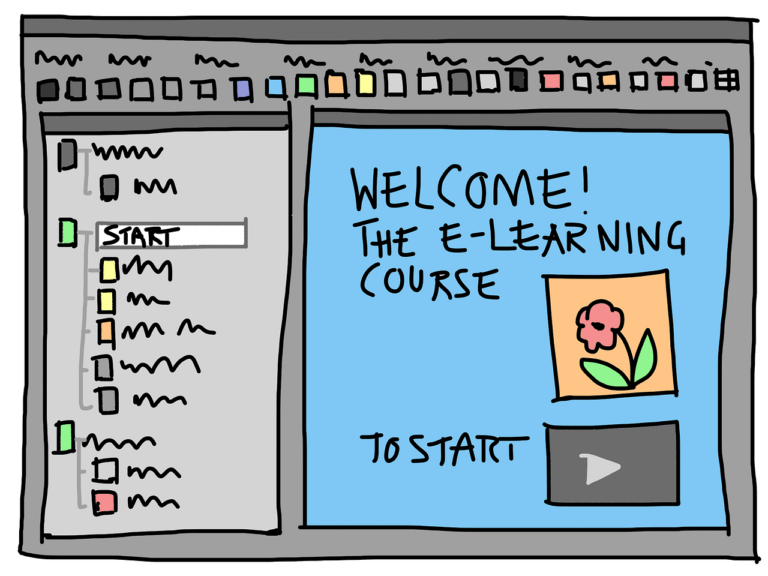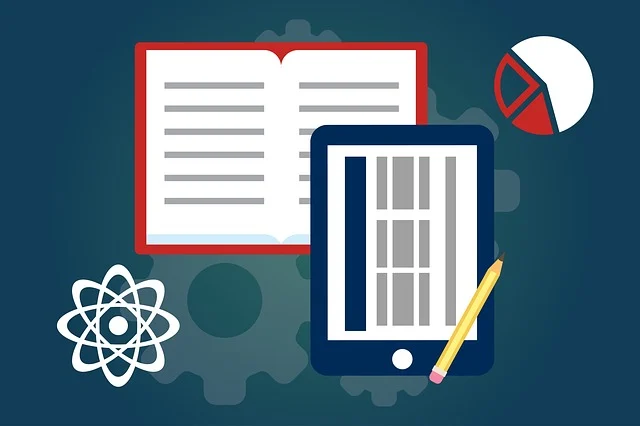How to Build a Model Instructional Design Project

Are you working on an instructional design project? Almost everything has gone digital in the modern day. We have tools that allow us to access digital data whenever we choose, from anywhere in the world. As a result, we are all now online, which has made our jobs as instructional designers easier but also more difficult.
Read: Models for Instructional Design in Online Learning: How to Engage Students
Designers are expected to come up with novel approaches to building better learning experiences due to the growing complexity of technology and design as well as the increased demand for user-friendly information. You need an instructional design project, which serves as a template for other designers to use when developing their own instructional design projects, in order to build an efficient learning experience, iterate quickly, and fulfill client requirements.
Complex modeling jobs, such as those involved in instructional design, demand that designers carefully consider how users will utilize and engage with each project over the course of its whole existence. In this piece, you’ll discover what an instructional design project is and why it’s crucial for creating your next undertaking from start or integrating a preexisting workflow.
Instructional Design Project: What is it?
The process of creating any digital information that encourages learning and aids in the acquisition of specific skills, knowledge, and attitudes is known as instructional design. Or to put it another way, instructional design is the process of developing effective learning opportunities. The context in which the content is provided is just as important as the content itself when it comes to instructional design. The user’s overall goal, the learning outcomes, and the user’s mental state at the moment of learning are just a few examples of how instructional designers should consider the user experience.
Additionally, instructional designers must consider the context of the material, the other users who are accessing it concurrently, and the process by which users will use the content. Last but not least, it’s crucial for instructional designers to consider the design from the viewpoint of the audience.
Why is creating an Instructional Design Project important?
You must consider the context of your users’ context as well as the context of your content’s context when building an effective learning experience. This is why creating an instructional design project is so crucial. This project can be used as a template for new projects as well as a model for other initiatives. Building an instructional design project is crucial for a variety of reasons.
Building an instructional design project is, first and foremost, a fantastic opportunity to enhance your skills in the discipline. Additionally, it aids in your assimilation into the position of the instructional designer. It can serve as a guide for instructors when educating their students.
Finally, creating an instructional design project is a fantastic method to hone your innovative and problem-solving skills.
How should a good Instructional Design Project be constructed?
These procedures must be followed if you wish to create a model instructional design project from start. It’s crucial to first construct because it will enable you to spot potential issues while designing for your current project.
The context of your project, the intended audience for it, and its design will all need to be researched next. You’ll be able to gather the appropriate data as you follow these procedures to support your model design endeavor.
Three methods for examining Instructional Design Projects
These 3 actions will let you test your design.
Start by conducting user testing. During this phase, you’ll engage users in your project and get feedback on their interactions.
In order to better grasp the context of your users’ experiences, look at analytics next. Here, you can see which sites your users are visiting and how long they stay there.
Adopt a continuous deployment strategy, whereby you may create a routine that includes creating your project, making it available to your users, and getting feedback on how well it worked.
In Conclusion
It’s crucial to keep in mind that creating an is not a simple undertaking. It calls for careful planning, strategic thinking, and a lot of effort. You will be able to create superior learning experiences for your users after doing this work, though. These methods will assist you in developing a deeper understanding of your users and the context in which they operate. In order to gain better feedback and identify any problems with your project, you can test your design as well.







